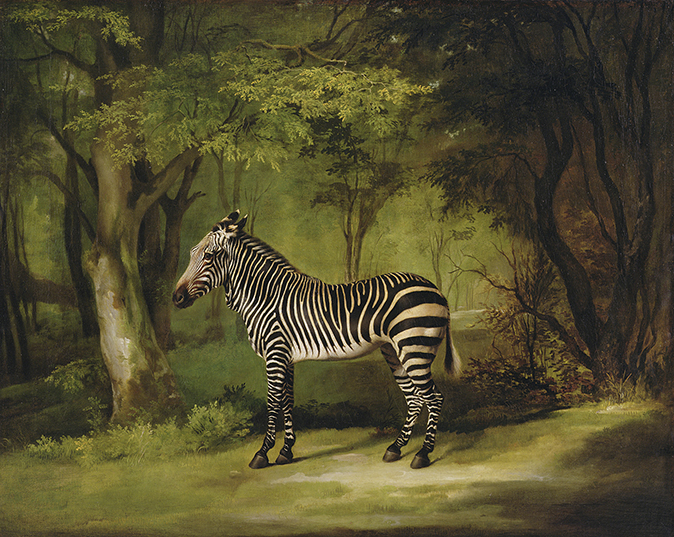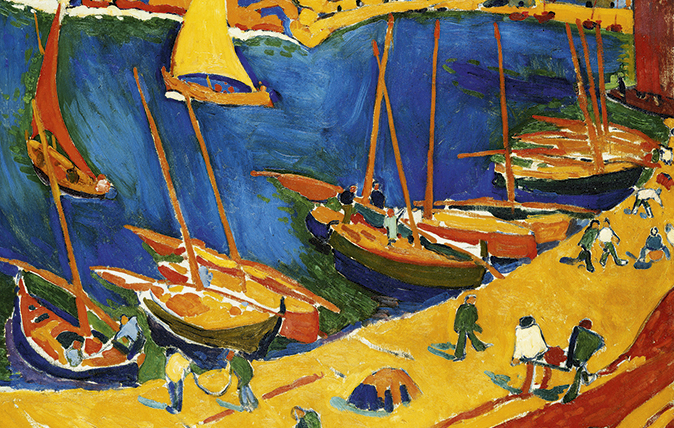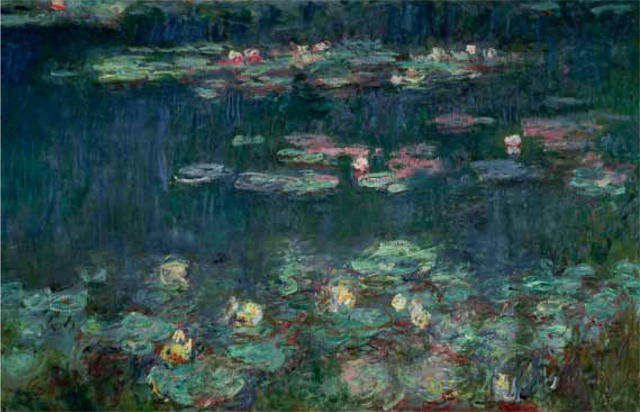My favourite painting: Sigrid Rausing
'Nothing is hidden, except Adele Bloch-Bauer herself. She is still a mystery '

Portrait of Adele Bloch-Bauer I (‘The Woman in Gold’), 1907, by Gustav Klimt (1862–1918), 54in by 54in, Neue Galerie, New York City.
Sigrid Rausing says: Whenever we’re in New York we visit the Neue Galerie. We eat apfelstrudel and drink coffee in the old-fashioned cafe, where the newspapers hang like flags on wooden holders. “As in the old days, my dear”, says my husband in a mock German accent, a self-ironic joke, a code, a reference to a history so tragic – Holocaust and exile – and so familiar. Then we visit the woman in gold. Is it the faintly orientalist mosaic of gold leaf that draws one to the painting or is it the tragic history of looted art? I’m not sure. The canvas glows, but isn’t it also a poignant image of a woman captured, framed, by gold and diamonds? Adele’s expression, seductive, searching and yet also somewhat uncertain and detached, is poignant. What is she thinking? What is she doing with her hands? And what is Klimt thinking about? Nothing is hidden, except Adele Bloch-Bauer herself. She is still a mystery .
Sigrid Rausing is a philanthropist, anthropologist and owner/editor of the publishers Granta. Her book, Mayhem, is shortlisted for the Wellcome Book Prize 2018, the winner of which will be announced on April 30
John McEwen comments on The Woman in Gold: Adele Bauer was the daughter of a Viennese banker. Her parents arranged for her to marry another banker, Ferdinand Bloch. She was 18, he was 35. Combined surnames sealed the deal. Their three children all died at birth. She died in 1925.
The picture was only returned to its rightful owner, Adele’s niece Maria Altmann, in 2006. Maria, who fled occupied Austria to the USA with her husband – saved by ransom from Dachau – remembered her well. ‘I never saw her smile. She was always very serious and wore flowing white dresses and carried a gold cigarette holder when it was very unusual for women to smoke.’ She had a salon, not ladies’ tea parties. ‘She would have loved to have been a woman of today.’
By 1900, Klimt was the fashionable choice for the portraits of the emerging class of largely Jewish businessmen who formed Vienna’s new haute bourgeoisie. Inspired by Ravenna’s gilded mosaics, he beautified his pictures with gold and silver leaf. It lent the subject a sacred, magical, even erotic quality – had not Zeus impregnated Danae as a shower of gold?
Only a fraction of this painting depicts Adele. It took three years to complete – gossip said they were lovers. ‘How dare you ask such a thing?’ Maria’s mother said. ‘It was an intellectual friendship.’ Maria had her doubts.
Sign up for the Country Life Newsletter
Exquisite houses, the beauty of Nature, and how to get the most from your life, straight to your inbox.
In 2006, she sold it to Ronald Lauder of Estée Lauder and also the former American ambassador to Austria, to be the Mona Lisa of his five-year-old Neue Galerie. The price was $135 million (£94.5 million), which remains the most expensive American museum purchase.

My favourite painting: Amy Meyers
'Stubbs’s portrayal is one of the subtlest and most poignant commentaries on the troubling displacements that were accruing from the

My favourite painting: Peter May
'Vividly coloured sailing boats in a harbour, which I gazed at for hours'

My Favourite Painting: Lulu
Lulu chooses her favourite painting for Country Life.
Country Life is unlike any other magazine: the only glossy weekly on the newsstand and the only magazine that has been guest-edited by HRH The King not once, but twice. It is a celebration of modern rural life and all its diverse joys and pleasures — that was first published in Queen Victoria's Diamond Jubilee year. Our eclectic mixture of witty and informative content — from the most up-to-date property news and commentary and a coveted glimpse inside some of the UK's best houses and gardens, to gardening, the arts and interior design, written by experts in their field — still cannot be found in print or online, anywhere else.
-
 380 acres and 90 bedrooms on the £25m private island being sold by one of Britain's top music producers
380 acres and 90 bedrooms on the £25m private island being sold by one of Britain's top music producersStormzy, Rihanna and the Rolling Stones are just a part of the story at Osea Island, a dot on the map in the seas off Essex.
By Lotte Brundle
-
 'A delicious chance to step back in time and bask in the best of Britain': An insider's guide to The Season
'A delicious chance to step back in time and bask in the best of Britain': An insider's guide to The SeasonHere's how to navigate this summer's top events in style, from those who know best.
By Madeleine Silver
-
 'As a child I wanted to snuggle up with the dogs and be part of it': Alexia Robinson chooses her favourite painting
'As a child I wanted to snuggle up with the dogs and be part of it': Alexia Robinson chooses her favourite paintingAlexia Robinson, founder of Love British Food, chooses an Edwin Landseer classic.
By Charlotte Mullins
-
 The Pre-Raphaelite painter who swapped 'willowy, nubile women' for stained glass — and created some of the best examples in Britain
The Pre-Raphaelite painter who swapped 'willowy, nubile women' for stained glass — and created some of the best examples in BritainThe painter Edward Burne-Jones turned from paint to glass for much of his career. James Hughes, director of the Victorian Society, chooses a glass masterpiece by Burne-Jones as his favourite 'painting'.
By Charlotte Mullins
-
 'I can’t look away. I’m captivated': The painter who takes years over each portrait, with the only guarantee being that it won't look like the subject
'I can’t look away. I’m captivated': The painter who takes years over each portrait, with the only guarantee being that it won't look like the subjectFor Country Life's My Favourite Painting slot, the writer Emily Howes chooses a work by a daring and challenging artist: Frank Auerbach.
By Toby Keel
-
 My Favourite Painting: Rob Houchen
My Favourite Painting: Rob HouchenThe actor Rob Houchen chooses a bold and challenging Egon Schiele work.
By Charlotte Mullins
-
 My Favourite Painting: Jeremy Clarkson
My Favourite Painting: Jeremy Clarkson'That's why this is my favourite painting. Because it invites you to imagine'
By Charlotte Mullins
-
 The chair of the National Gallery names his favourite from among the 2,300 masterpieces — and it will come as a bit of a shock
The chair of the National Gallery names his favourite from among the 2,300 masterpieces — and it will come as a bit of a shockAs the National Gallery turns 200, the chair of its board of trustees, John Booth, chooses his favourite painting.
By Toby Keel
-
 'A wonderful reminder of what the countryside could and should be': The 200-year-old watercolour of a world fast disappearing
'A wonderful reminder of what the countryside could and should be': The 200-year-old watercolour of a world fast disappearingChristopher Price of the Rare Breed Survival Trust on the bucolic beauty of The Magic Apple Tree by Samuel Palmer, which he nominates as his favourite painting.
By Charlotte Mullins
-
 My favourite painting: Andrew Graham-Dixon
My favourite painting: Andrew Graham-Dixon'Lesson Number One: it’s the pictures that baffle and tantalise you that stay in the mind forever .'
By Country Life